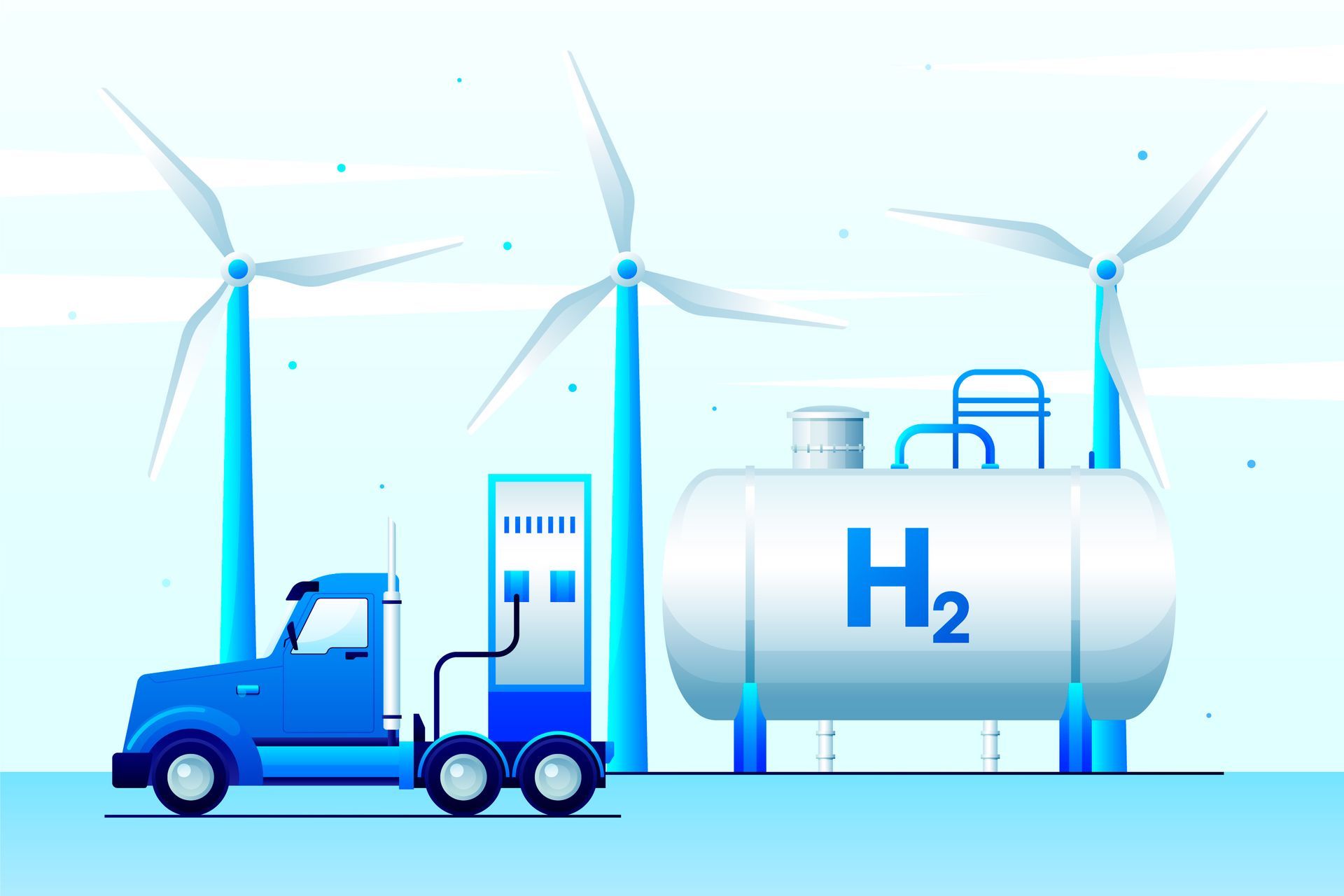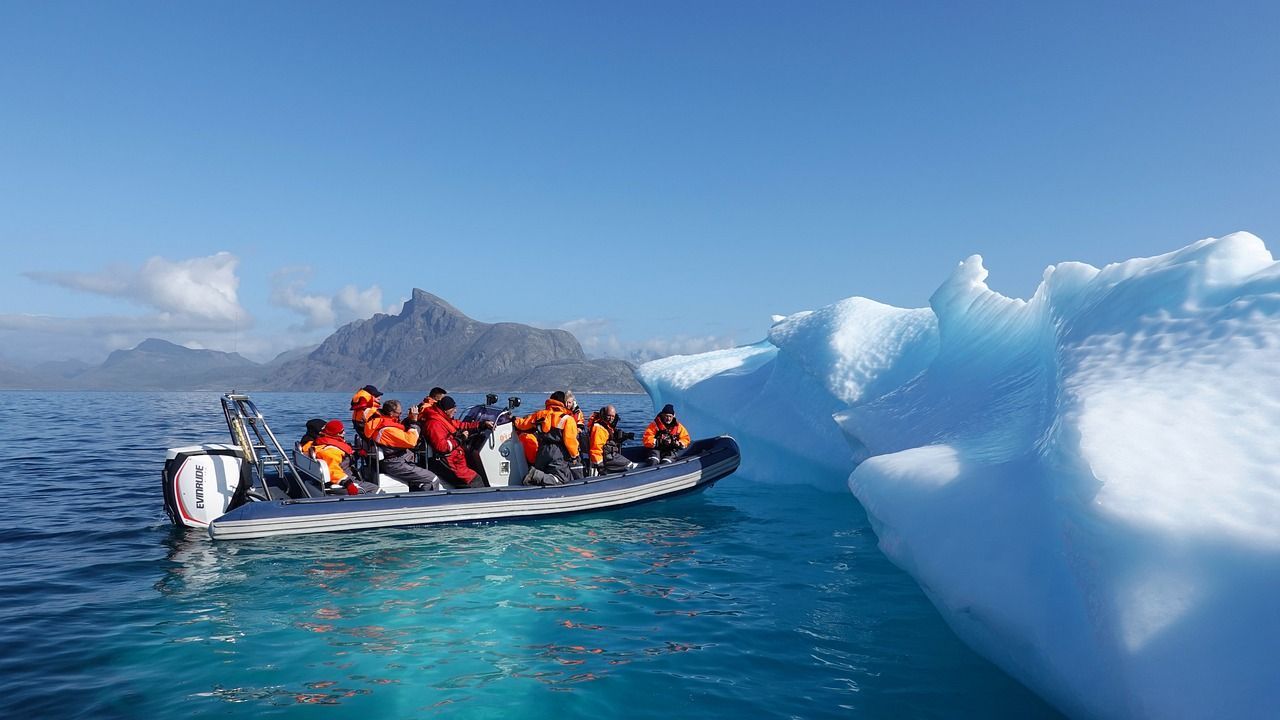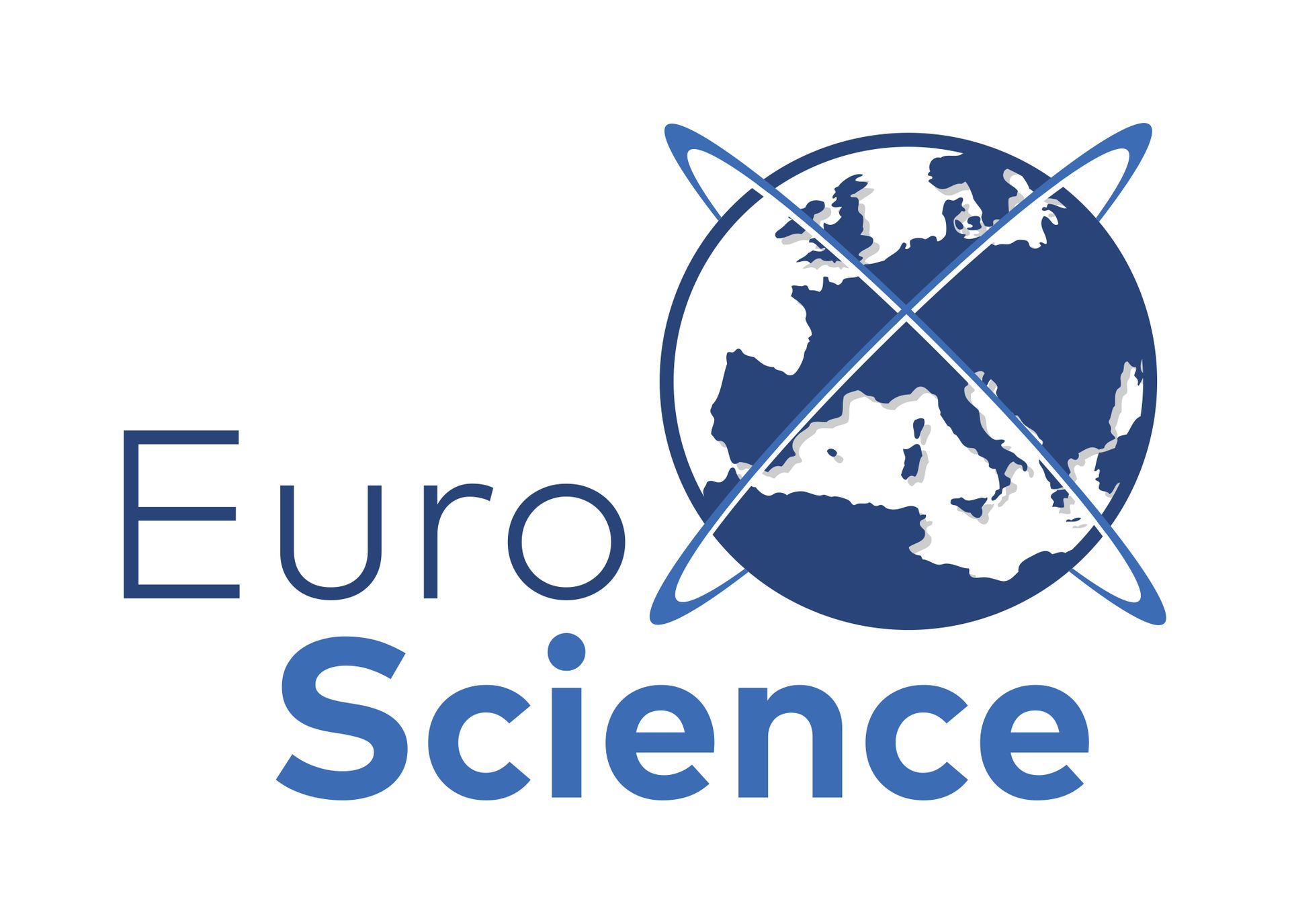THE BANALITY OF OUR EVIL
Recently, the fatal beating of Tyre Nichols was yet another senseless death of an African American in the hands of the police. Where five Black police officers from the Memphis Police Department beat to death the African-American, Nichols. But how may we place the murder through a more scientific inquiry, in other words, what may we state about the killing aside from the police acting in aberrant ways yet again in the United States.
Perhaps we may characterize these excessive police actions as a type of violence which is a kind of “banal evil” after Hannah Arendt. By this I mean, a kind of mindless violence done within an institution.
What are other examples of thoughtless engagements in evil acts from within institutions? There have been Hutu soldiers murdering during the Rwandan genocide and Guatemalan soldiers with their murderous campaigns against Guatemalan indigenous peoples during the Guatemalan genocide. And Pol Pot’s soldiers sowing landmines and torturing and executing people during the genocide in Cambodia. These are just a couple of modern examples of thoughtless engagements in evil acts within institutions aside from police wrongful deaths listed above.
On the banality of evil, questions have been raised whether or not Hannah Arendt had been correct in her assessment of Adolf Eichmann’s banality in committing evil. That is, whether or not he was a mindless Nazi bureaucrat in his involvement in the Final Solution and in his partial responsibility for the death of more than six million Jews from the Shoah or Holocaust. It turns out that Eichmann was not as mindless after all in his evil intents. In fact, because recent interviews with Eichmann have come to light, which have been newly portrayed in the documentary, The Devil’s Confession: The Lost Eichmann Tapes (2022), Adolf Eichmann fully confessed to not only his direct involvement in the Final Solution but also his perverse enjoyment of his responsibilities for such evil actions.
No doubt Eichmann was truly evil. So, my contention here is not with Arendt per se. This article is about the “banality of evil” and how individuals for whatever reason become institutionalized and who sometimes commit unimaginable acts of violence because of their thoughtless involvement within institutions. Indeed, I agree with Arendt that the banality of evil exists, has existed, and probably will exist for some time despite the sometimes-philosophical disagreements away from the concept.
Here is what Arendt attributed to Eichmann’s thoughtlessness: “The longer one listened to him [Eichmann], the more obvious it became that his inability to speak was closely connected with an inability to think, namely, to think from the standpoint of somebody else.” (p. 49, Eichmann in Jerusalem: A Report on the Banality of Evil, 1963). This ties into mindless actions, a sort of banality of actions, where the most heinous becomes ordinary, and extraordinary violence is rendered utterly senseless.
By examining police forces and militaries, we may see that such bellicose institutions are more likely to commit evil acts because they are responsible for using force. I believe we need to take the argument beyond aberrant individuals and beyond whereby just ethnic groups are being targeted. After all, Tyre Nichols, an African American, was beat to death by five African American policemen from the Memphis Police Department. Likewise, my argument extends beyond simply blaming the militant views of some commanders but extends to those actually committing the atrocities (e.g. policemen and soldiers). How cognizant are those perpetrating vicious acts aware of their mindless acts and why do policemen conform to violence against some individuals or soldiers conform to violence in extremes and on the very outermost end of the scale to genocide?
Even so, it should also be noted here, that I do not aspire to any one definition of evil as the concept exists in different contexts around the world to many different societies whether Christian, or Buddhist, or Muslim, or distinctly to indigenous peoples in Africa, or Asia, or Lowland South America, for example (see The Anthropology of Evil, Parkin, ed., 1985). What I am interested here is the mundane nature of evil in group violence contexts, its banality happening with the commonplace police killings, with the commonplace malicious actions of certain militaries, and so on. What I am focusing on here is how humans prey upon humans in some Hobbesian ways. As the Latin proverb states: Homo homini lupus est—a man is a wolf to another man.
Of course, there is the human aversion to killing as well. This was explained by David Grossman (1995) in his book, On Killing: The Psychological Cost of Learning to Kill in War and Society, where many soldiers in the heat of battle avoid firing their weapon at all. As Robert Sapolsky (2017) explains in Behave: The Biology of Humans at Our Best and Worst: “Psychologists of warfare emphasize how, in the heat of battle, people don’t shoot another human out of hatred or obedience, or even from knowing that this enemy is trying to kill them. Instead it’s the pseudokinship of bands of brothers—to protect your buddies, to not let the guys next to you down” (p. 645).
But then, why do some people go to the extremes? Why in some circumstances is there a “banality” to killing in groups and in the most radical from genocide? What goes into thoughtless types of killings? What is the cognitive dissonance in seemingly mindless killing?
In 1968, the massacre at My Lai, Vietnam was carried out by U.S. soldiers against unarmed Vietnamese civilians. “Between 350 to 500 unarmed civilians, including infants and elderly people, were killed. Bodies were mutilated and dumped down wells, huts and fields set ablaze, numerous women gang-raped before being killed” (Behave, p. 656). It was a massive atrocity where soldiers acted in conjunction with other soldiers to commit unimaginable levels of violence against others, the so-called enemy, and yet the so-called enemy was unarmed in this case.
There is to assess this, the question of human conformity. Humans may coalesce around concepts of us and them and in some extreme cases conduct horrific acts of violence against thems. Simply put, “Us/them-ing typically involves inflating the merits of Us concerning core values—we are more correct, wise, moral, and worthy when it comes to knowing what the gods want/running the economy/raising kids/fighting this war. Us-ness also involves inflating the merits of our arbitrary markers, and that can take some work—rationalizing why our food is tastier, our music more moving, our language more logical or poetic…Just as we view Us in standardized ways, there are patterns in how we view Them. A consistent one is viewing Them as threatening, angry, and untrustworthy” (Behave, pp. 593 & 598).
In cognitive terms, we may look to the neuro-chemical, oxytocin, as enhancing Us-ing and Them-ing (Behave, p. 117) and to the insular cortex as creating social disgust against individuals or groups (Behave, p 41). Yet, in my view too, one needs to closely examine human conformity in its many guises. Perhaps one of the most famous examples is the psychological experiment examining this very issue which became known as the “Stanford Prison Experiment” conducted by Philip G. Zimbardo in 1971, whereby university students pretended to be either prisoners or guards within a mock prison. So real was the social experiment, that some guards became despotic and malicious, whereas some prisoners became traumatized. While the experiment was expected to last two weeks, but because the conditions had deteriorated in the fictional prison to such a degree, the experiment lasted only just six days. The Stanford Prison Experiment demonstrates how quickly humans may conform to situations of instigating and perpetrating violence in immediate ways with others and from within a particular social environment.
Furthermore, we may wonder whether human forms of warfare originated in something more primordial such as the proto-warfare experienced by chimpanzees in their territorial patrolling for land and resources. We may likewise wonder whether such violent behavior has remained with us in the human genome for millions of years? At the same time, another sub-species of chimpanzee, and likewise sharing almost the equivalent gene percentage as chimps to humans, the bonobo chimpanzees, are relatively peaceful compared to non-bonobo chimpanzees and therefore human violence is not certain or preordained. Scientists suggest our human ancestors split from the chimpanzee line about seven to eight million years ago.
In sum, the banality of evil is not inevitable. In fact, group conforming violence may be avoided. We do not have to succumb to the mob but we know group violence exists on many levels and for many reasons. The My Lai Massacre in Vietnam, was halted for example by an American helicopter pilot, Warrant Officer Hugh Thompson, Jr. and his two-crewmen, Glenn Andreotta and Lawrence Colburn. “Hugh Thompson landed his helicopter between the villagers and the soldiers, and with his machine guns oriented toward his fellow Americans, ordered his crew to mow them down if they attempted to further harm the villagers” (Behave, p. 658). Many Vietnamese villagers at My Lai were subsequently airlifted to American field hospitals and further search and destroy missions by the U.S. military were halted as a result.
So, in sum, we need to understand for example how someone like Tyre Nichols may be beaten to death by some policemen in Memphis, or how someone like George Floyd may have their life taken away by some policemen in Minneapolis. As I have tried to do here, by asking what questions may we raise from these murders beyond the norm—in other words, what does science say? How may violence become banal?
So too, we need to understand how “social conformity” allows for such violence. After all, some social conformity may lead to genocide. Some social conformity may lead to a Reign of Terror (La Terreur, 1793-1794) as happened during the French Revolution. Some social conformity allowed for the Nazis to rise to power and the Holocaust. If we understand the institutionalization of violence or how it is brought about, perhaps we may overcome the banality of our evil.
About the Author: J. P. Linstroth is a former Fulbright Scholar to Brazil. His recent book, Epochal Reckonings (2020), is the 2019 Winner of the Proverse Prize. He has a PhD (D.Phil.) from the University of Oxford. He is the author of Marching Against Gender Practice: Political Imaginings in the Basqueland (2015) and, most recently, author of Politics and Racism Beyond Nations: A Multidisciplinary Approach to Crises (2022).
More articles!







